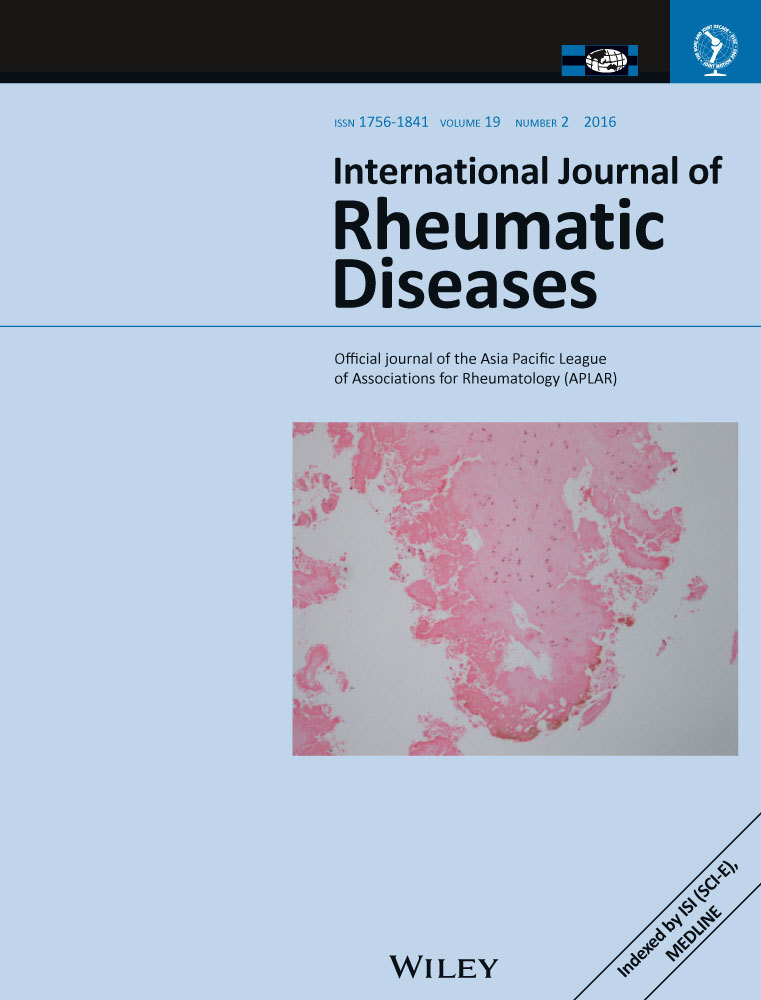Inpatient management of gout in a New Zealand hospital: a retrospective audit
Abstract
Aim
To review inpatient management of acute gout in a New Zealand hospital.
Methods
A retrospective file review of all acute episodes of gout at Hutt Hospital, Wellington, New Zealand over a 1 year period.
Results
In the course of a year, there were 90 admissions for, or complicated by, acute gout. In 31 cases, gout was the primary diagnosis. Median length of stay was 5 days and readmissions were common. The majority of patients (87%) were known to have gout before admission, yet only 50% of these patients were on uric acid lowering treatment. Serum urate was measured in only 60% of patients with a mean level of 0.471 mmol/L. Treatment for the acute attack was evenly split between monotherapy (49%) and polytherapy (49%). Treatment modalities used were: prednisone (61%), non-steroidal anti-inflammatories (40%), colchicine (40%), adrenocorticotrophic hormone (ACTH) (15%) and intrarticular steroids (7%). Patients were generally treated in a timely manner with few patients experiencing delays. Patients seen by the Rheumatology Department were more likely to receive polytherapy, be treated with intra-articular steroids or ACTH and to start allopurinol. The ‘treat-to-target’ approach to the management of elevated serum urate was mentioned in only 9% of cases.
Conclusion
There was considerable variability in the investigation and management of acute gout, with significant deviation from published protocols. The ‘treat-to-target’ approach to the management of elevated urate has not yet been widely adopted by the physicians in this New Zealand hospital.




